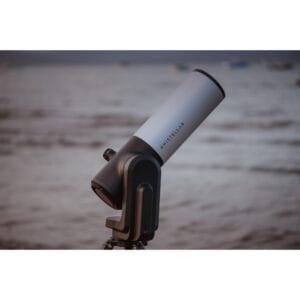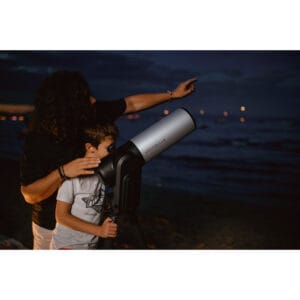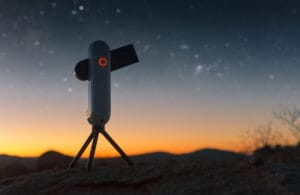Birdwatching is a wonderful way to connect with nature and observe different bird species in their natural habitat. Whether you’re a beginner or have been watching birds for years, having good binoculars can make all the difference. But how do you choose the right binoculars for birdwatching? In this blog post, we’ll explain the key factors to consider when making your choice.
1. Magnification and Objective Lens Diameter
The numbers on binoculars, such as 8×42 or 10×50, indicate the magnification and objective lens diameter. For birdwatching, a magnification of 8x or 10x is often recommended. What do these numbers mean exactly?
- Magnification (the first number): This is how many times the image is magnified. With 8x magnification, you see a bird eight times closer than with the naked eye. A 10x magnification offers more detail but can also lead to more image shake, making it harder to observe birds steadily.
- Objective lens diameter (the second number): This indicates the diameter of the lens in millimeters. The larger the lens, the more light the binoculars capture, resulting in a brighter image, especially in low light conditions. For birdwatching in various lighting conditions, an objective lens diameter of 42 mm is ideal, as it offers a good balance between brightness and portability.
2. Weight and Portability
Birdwatching can last for hours, and you’ll likely do a lot of walking during your adventures. Therefore, it’s important to choose binoculars that are light enough to carry comfortably but sturdy enough to provide a stable image. Compact binoculars are convenient for long walks, but larger models often provide a brighter and sharper image. Try to find a balance between portability and performance.
3. Image Stability
As mentioned earlier, higher magnification can lead to more image shake. If you do a lot of handheld spotting, 8x magnification might be more stable than 10x magnification. Some binoculars have built-in image stabilization, which can help reduce shake, but these models are often more expensive. Another solution is using a monopod or tripod to keep the binoculars steady while spotting.
4. Waterproof and Weather-Resistant
Since birdwatching often takes place in nature, it’s important that your binoculars can withstand the elements. Look for a model that’s waterproof and fog-proof, so you can continue spotting without issues, even if the weather suddenly changes. Many high-quality binoculars are filled with nitrogen or argon to prevent lens fogging during temperature changes.
5. Eye Relief and Eyeglass Compatibility
If you wear glasses, it’s important to consider the eye relief of the binoculars. This is the distance between your eyes and the eyepieces where you can still see the full field of view. Many binoculars have adjustable eyecups that you can adapt for eyeglass wearers, allowing comfortable spotting without removing your glasses. An eye relief of at least 15mm is usually sufficient for eyeglass wearers.
6. Prisms and Lens Coating
The quality of the prisms and lens coating in binoculars largely determines the brightness and sharpness of the image. The two most common types of prisms are porro prisms and roof prisms:
- Porro prisms: These usually provide better depth and spatial vision but are often larger and heavier.
- Roof prisms: These are more compact and lighter, making them popular among birdwatchers who walk long distances.
Additionally, special lens coatings improve light transmission, resulting in a brighter image with more contrast and less glare. Choose binoculars with fully multi-coated lenses for the best performance in birdwatching.
7. Budget
Finally, it’s important to choose binoculars that fit within your budget. While excellent binoculars are available at various price points, you generally get what you pay for. Higher quality binoculars last longer, provide better image quality, and are more comfortable to use. If you’re serious about birdwatching, it might be worth investing a bit more in a good pair of binoculars.
Conclusion
When choosing the right binoculars for birdwatching, various factors come into play, such as magnification, lens size, weight, and durability. A model that perfectly suits your needs will not only make birdwatching easier but also much more enjoyable. Whether you’re spotting birds in your backyard or during a long nature walk, the right binoculars will help you observe every detail of these beautiful creatures.
Call-to-action
Are you looking for binoculars that are perfect for birdwatching? Check out our extensive range of binoculars at Telescoop.nl, and find the model that matches your adventures!




